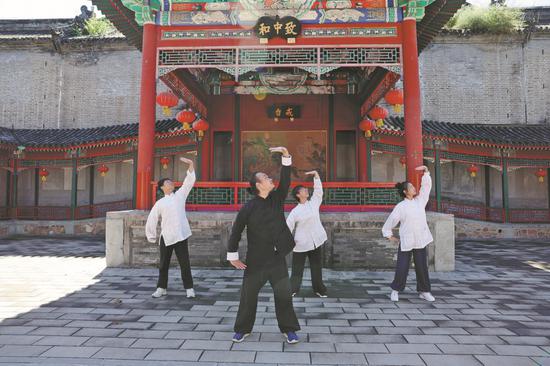
Deng Jiayi (front) teaches baduanjinat Baiyun Temple in Beijing on Sept 21. (ZOU HONG/CHINA DAILY)
Life lessons
Jiang Tianxiao, a 22-year-old from the Guangxi Zhuang autonomous region, began practicing baduanjin in early August after realizing a feeling of unhappiness pervaded her life. Her first visit to Baiyun Temple was to burn incense and ask for blessings, but she also learned about the courses and the possibility they could improve her mental state.
Aspiring to work in the finance industry, Jiang graduated from university in June and started her first job in October.
In August, she spent every Saturday morning practicing baduanjin at the temple, and eventually her mood brightened.
"I had an internship that started in June. The salary covered my rent, but the job was not exactly what I wanted," Jiang said, adding she felt disappointed because she couldn't get involved with the core business of the company. "I guess I needed some psychological comfort back then," she said.
In July, a conflict she had with a longtime friend from high school upset her, and exacerbated her feeling of loneliness.
"My friend and I were both at the stage of just having graduated from college and entering internships. We faced the situation of renting an apartment, getting along with colleagues at work, as well as dealing with our own lives in the metropolis," said Jiang.
"She shared with me her discomfort during her internship and I gave her a piece of advice, which might have annoyed her because of my bluntness," she said, adding that small things increased the tension between them.
"I just felt during that period that I couldn't exhale completely," said Jiang. "It felt like I couldn't get a full breath out, and my breath got stuck when I inhaled."
Stretching while practicing baduanjin helped her. The teacher always emphasized trainees stretch as far as possible within their comfort zone.
"I've been enjoying the feeling of focusing on practicing at the temple, though it was a bit hard for me in the first stage," she said.
Baduanjin, which means "eightsection brocade" in English, is composed of eight individual movements. Jiang said the first three are the most difficult for her to practice, especially the second one.
"The second movement, called 'drawing the bow to shoot the hawk', involves opening your left and right arms while performing a martial arts squat. It requires balance and coordination to keep up with the rhythm taught by the teacher," she said.
"I'm struggling to coordinate the symmetrical movements, and it makes me feel a bit dizzy," she added.
Jiang created a document to record all the movements that the teacher at Baiyun Temple had taught her. "I sometimes practice at home, and it's pretty exhausting when I follow the teacher's instructions properly."








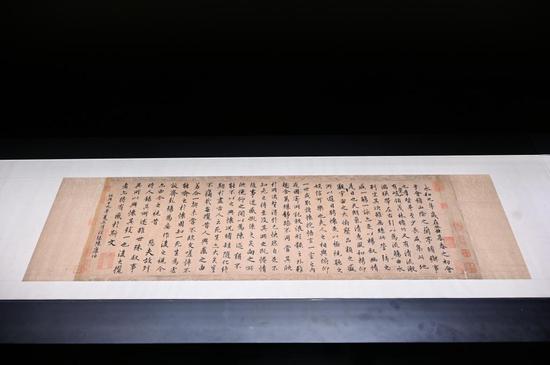

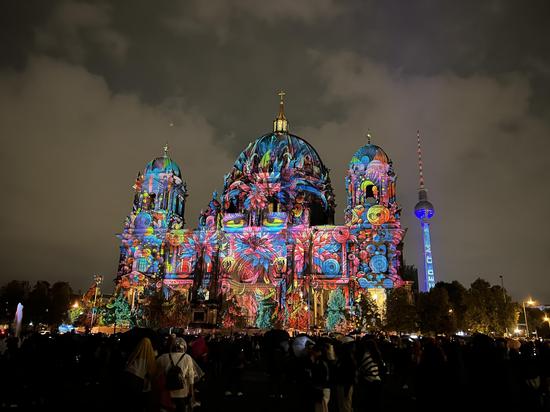
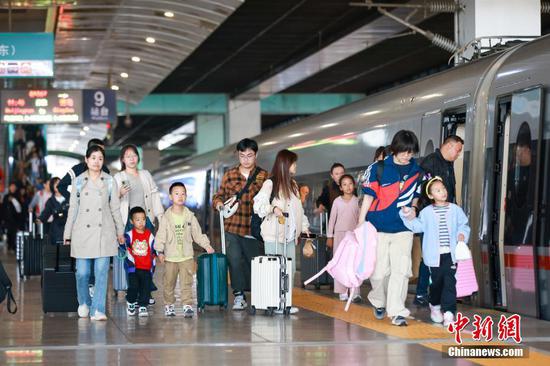
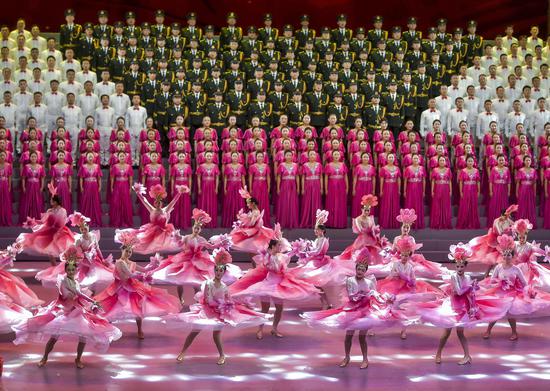


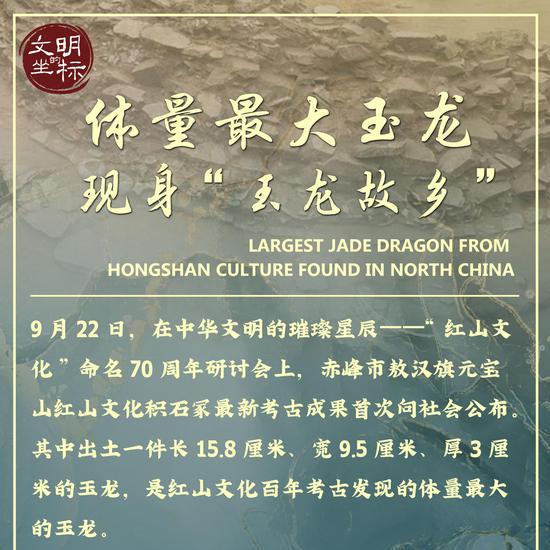










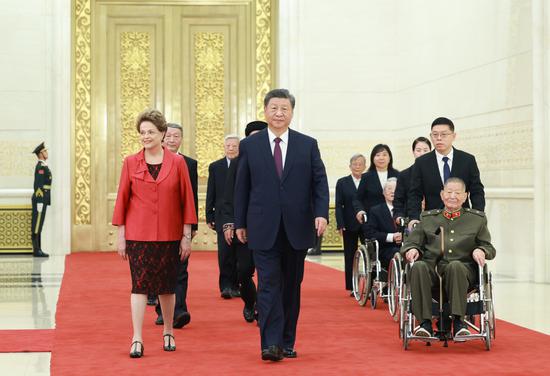
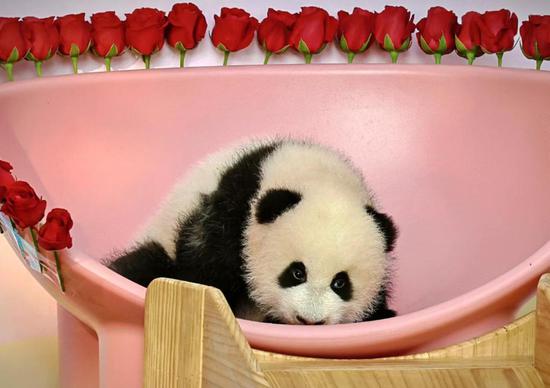
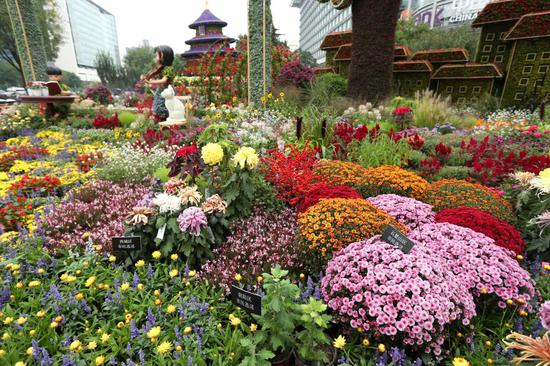
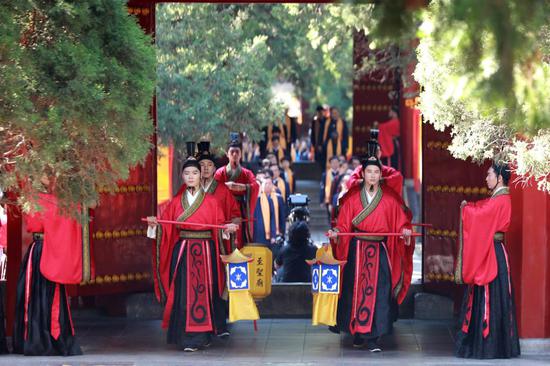
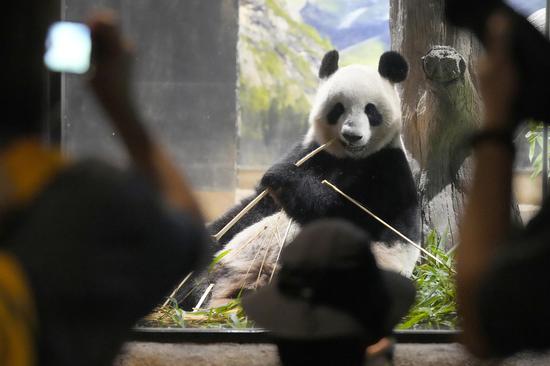

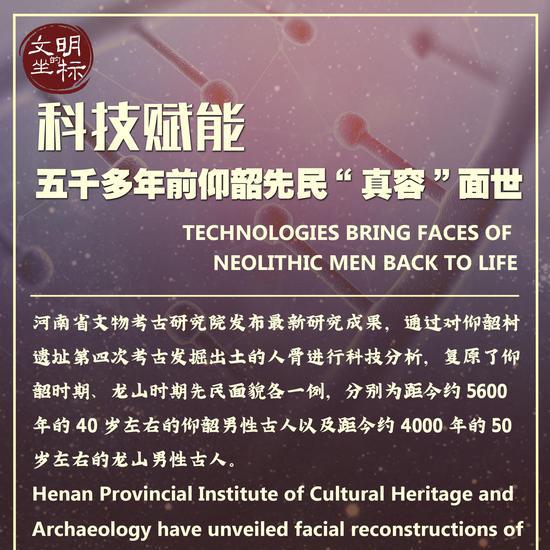

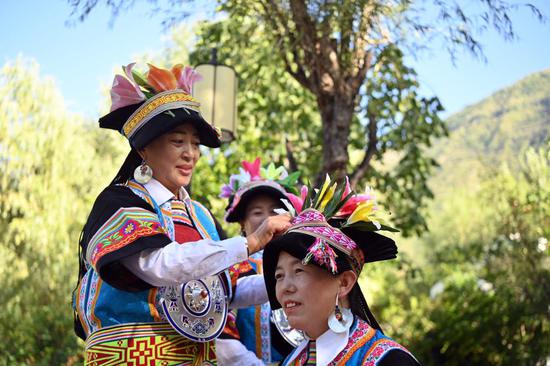











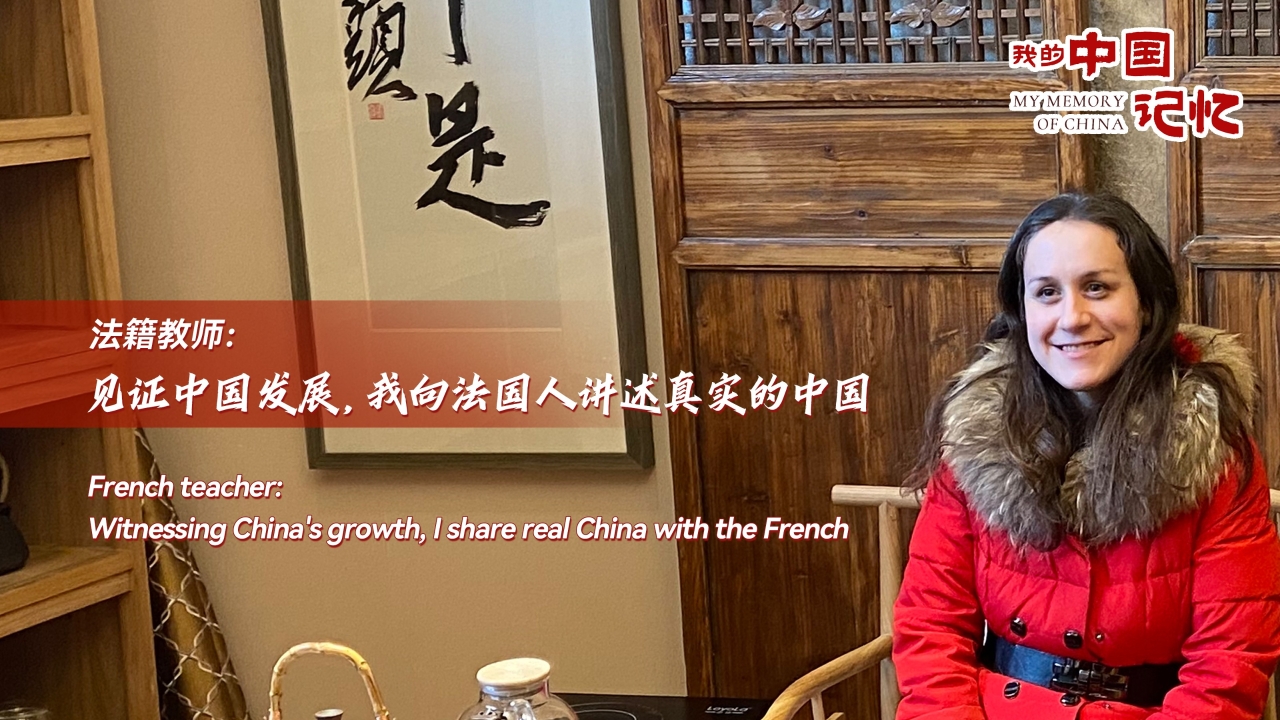


 京公网安备 11010202009201号
京公网安备 11010202009201号